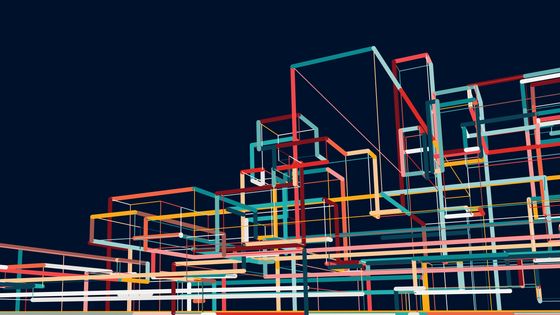
It is still in the minority but it is progressing. First of all, an observation: according to the latest study by the Paris Regions Institute of Urbanism, there are in Ile-de-France, 4 million 400,000 m2 empty offices. Since the health crisis, the figure has almost doubled. And with the rise of telework, millions of m2 are freed up. Companies are looking for smaller and better placed spaces, closer to public transport. In the end, as the housing needs are immense, we say to ourselves that rather than remaining empty, they could be transformed into housing.
But then if it seems a good idea to transform offices into housing, what are the brakes?
Firstly legal, building permits for offices and housing are different. Security, access, environmental standards…There are technical obstacles (the thickness of the facade, the heights from floor to ceiling, the water inlets, the spaces are not the same. There are economic obstacles ( rebuilding is sometimes more expensive than building new. And then political brakes. Some mayors prefer to avoid new homes that are synonymous with spending on public facilities and less attractive than offices in terms of tax revenue.
However, more and more professionals are campaigning to transform empty offices into housing…
Yes, the awareness is there. Major players in real estate are making the commitment. Bouygues announced a few days ago the launch of its subsidiary entirely dedicated to the conversion of offices into housing. baptized
Coverso. Thibault Vidal, general manager of this subsidiary:
” It is no longer acceptable today to destroy a building which would have spent carbon to be built but which would no longer have any use. So, today we have strong changes in the tertiary sector which mean that a certain number of offices find themselves empty, without use. And so, transforming an office into housing is a response that seems completely logical to meet both the climate challenge and the need to restore use to places that no longer have any.. »
An operation of this type is currently being carried out in Châteauroux, for housing for seniors. It was also Société 3 F IDF that delivered a former office building of 6,000 m2 to Pantin, converted into a 70-unit building. It is also the work of
Novaxia, specializing in the reconversion of offices, and in urban recycling. It’s not easy, but it’s possible.
And if for the future buildings built, we planned this possible transformation from the start?
Starting from scratch is a major challenge. Provide upstream, from the outset, that a building can evolve over time to accommodate several activities. Be reversible for offices, housing. There was a few months ago
the 1st license to innovate for a building in Bordeaux. Patrick Rubin, architect, of
Channel Architecturein charge of the operation:
“What is interesting is that in the future, when the building will be completely inhabited. At any time, there may be a transfer without a modification building permit since the permit is supposed to be able from the start to benefit work and habitat.”
Facilitate the transformation of offices into housing. Whether it’s making something new with something old, it’s more virtuous and designing it from the start, with ecological issues and housing needs…it’s even better.
Go further
The first innovation permit has been filed
Coverso
The book “
Build reversible” by Patrick Rubin Anne-Marie Fevre
Novaxia
Build quality
file on vacant offices
Study of the Parisian town planning workshop on
the transformation of business offices into housing

